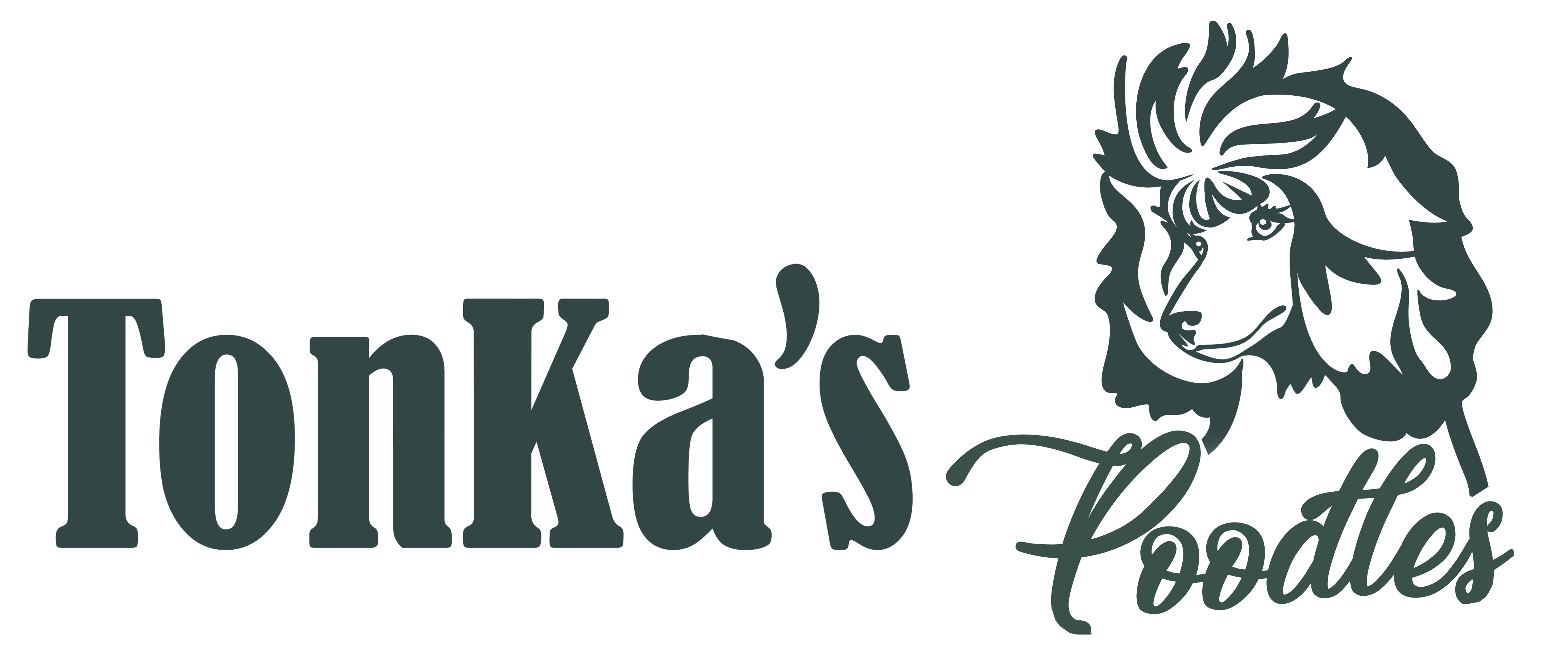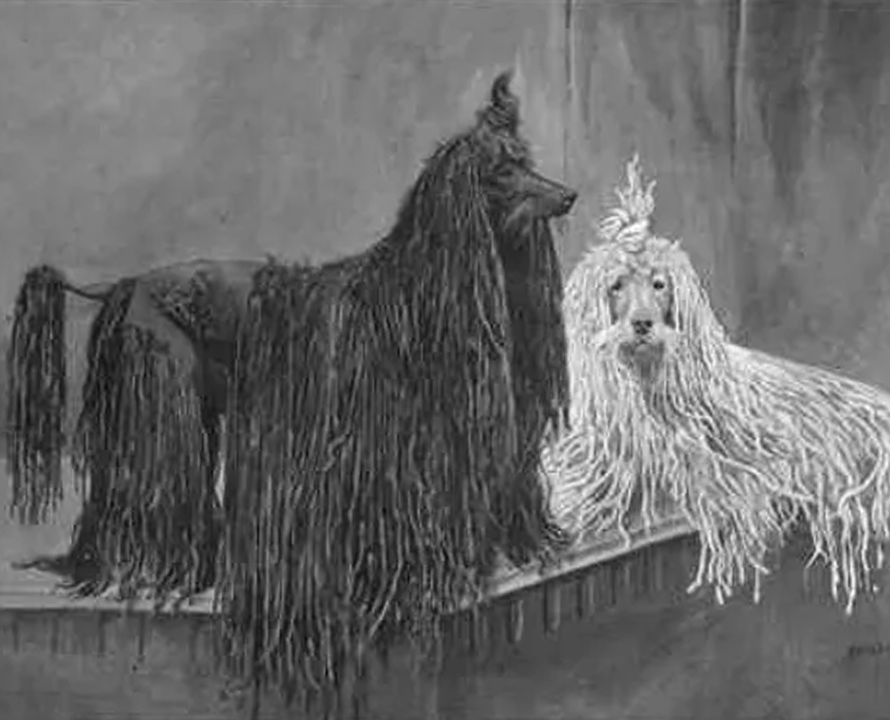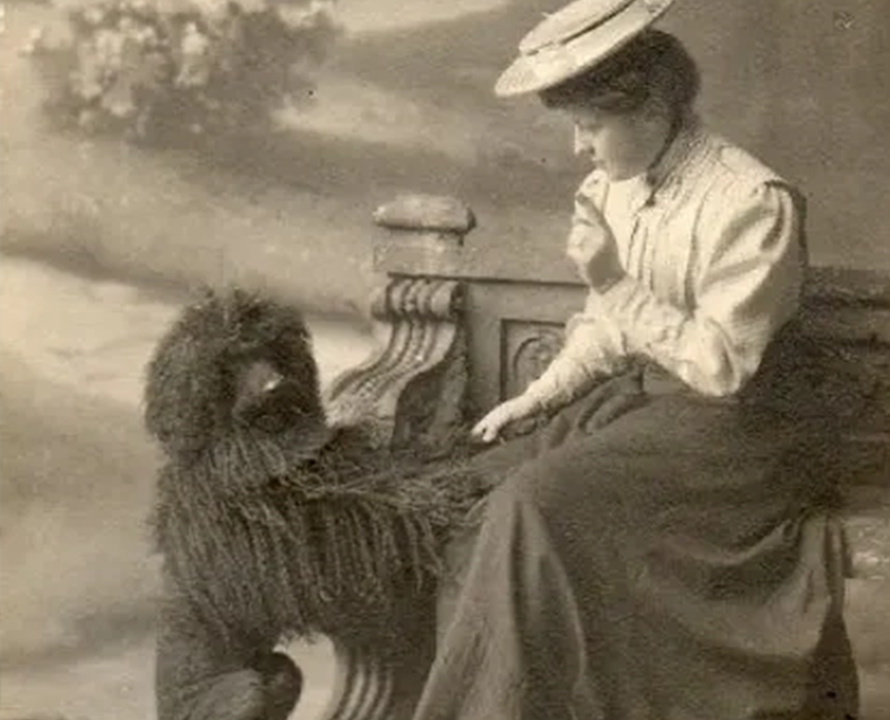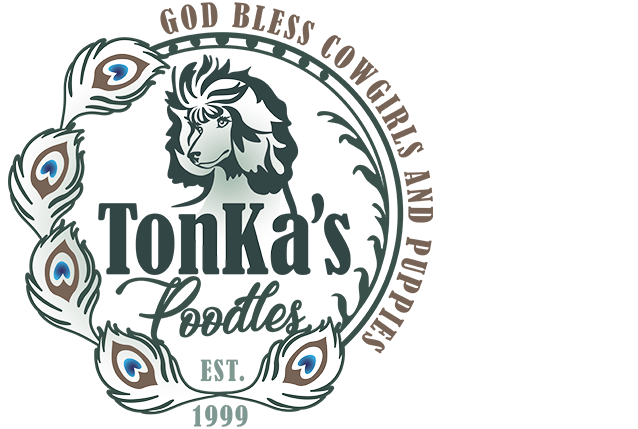Bringing home a new Poodle puppy is an exciting and joyful experience. However, it also comes with a lot of responsibilities to ensure your puppy grows up healthy and well-adjusted. In this guide, we’ll cover essential puppy care tips, including nutrition, training, socialization, grooming, and veterinary care. By following these tips, you can provide the best possible start for your Poodle puppy and set the foundation for a lifelong bond.
Nutrition and Feeding
Proper nutrition is vital for your Poodle puppy’s growth and development. Choose a high-quality puppy food formulated specifically for small breeds or Poodles. These foods are designed to meet the nutritional needs of puppies, providing the right balance of protein, fats, and essential vitamins and minerals. Feed your puppy at regular intervals, usually three to four times a day, and follow the feeding guidelines on the food packaging to prevent overfeeding. Fresh water should always be available to keep your puppy hydrated.
Training and Housebreaking
Early training is crucial for developing good behavior and habits in your Poodle puppy. Start with basic commands such as "sit," "stay," "come," and "down." Use positive reinforcement techniques like treats, praise, and affection to encourage good behavior. Consistency is key, so ensure all family members are using the same commands and rewards. Housebreaking your Poodle puppy requires patience and a consistent routine. Take your puppy outside frequently, especially after meals and naps, and praise them when they go to the bathroom outside.
Socialization: Building Confidence
Socialization is a critical part of your Poodle puppy's development. Introduce your puppy to a variety of people, environments, sounds, and experiences. This helps them become well-rounded and reduces the likelihood of fear-based behaviors later in life. Puppy classes are an excellent way to provide structured socialization and basic obedience training. Remember to keep interactions positive and rewarding, and always supervise your puppy in new situations to ensure they feel safe.
Grooming and Coat Care
Poodles have a unique curly coat that requires regular grooming to prevent matting and keep their coat healthy. Start grooming your Poodle puppy early to get them accustomed to the process. Brush their coat several times a week to remove tangles and debris. Poodles also need regular baths and haircuts, typically every 6-8 weeks. Don’t forget to clean your puppy’s ears, trim their nails, and brush their teeth regularly to maintain overall hygiene.
Health and Veterinary Care
Regular veterinary care is essential for your Poodle puppy’s health. Schedule an initial vet visit soon after bringing your puppy home to establish a health baseline. Your vet will provide a vaccination schedule and discuss parasite prevention, including flea, tick, and heartworm medications. Regular check-ups are important to monitor your puppy’s growth and development and to catch any health issues early. Spaying or neutering your Poodle puppy is also recommended unless you plan to breed responsibly.
Mental Stimulation and Playtime
Poodles are intelligent and energetic dogs that require mental stimulation to prevent boredom and behavioral issues. Provide a variety of toys, including chew toys, puzzle toys, and interactive toys, to keep your puppy entertained. Engage in regular playtime and training sessions to challenge your puppy’s mind and strengthen your bond. Consider activities like agility training or teaching new tricks to keep your Poodle puppy mentally and physically active.
Conclusion
Caring for a Poodle puppy involves attention to their diet, training, socialization, grooming, and health care. By providing a loving and structured environment, you can help your puppy grow into a happy, healthy, and well-behaved adult. Remember, the time and effort you invest in your Poodle puppy’s early care will pay off in a loyal and loving companion for years to come.

 centuries. Originally bred as a versatile working dog in Europe, the Poodle has evolved into one of the most popular and beloved companion breeds worldwide. In this article, we explore the rich history of the Poodle, its development through the ages, and its journey to becoming the cherished pet it is today.
centuries. Originally bred as a versatile working dog in Europe, the Poodle has evolved into one of the most popular and beloved companion breeds worldwide. In this article, we explore the rich history of the Poodle, its development through the ages, and its journey to becoming the cherished pet it is today. In the late 19th and early 20th centuries, the Poodle gained recognition from kennel clubs and dog shows worldwide. The breed's unique grooming style, including the iconic puffed coat, became a hallmark of its elegance. The Poodle's versatility continued to be celebrated, with the breed excelling in various canine sports, from obedience to agility.
In the late 19th and early 20th centuries, the Poodle gained recognition from kennel clubs and dog shows worldwide. The breed's unique grooming style, including the iconic puffed coat, became a hallmark of its elegance. The Poodle's versatility continued to be celebrated, with the breed excelling in various canine sports, from obedience to agility.